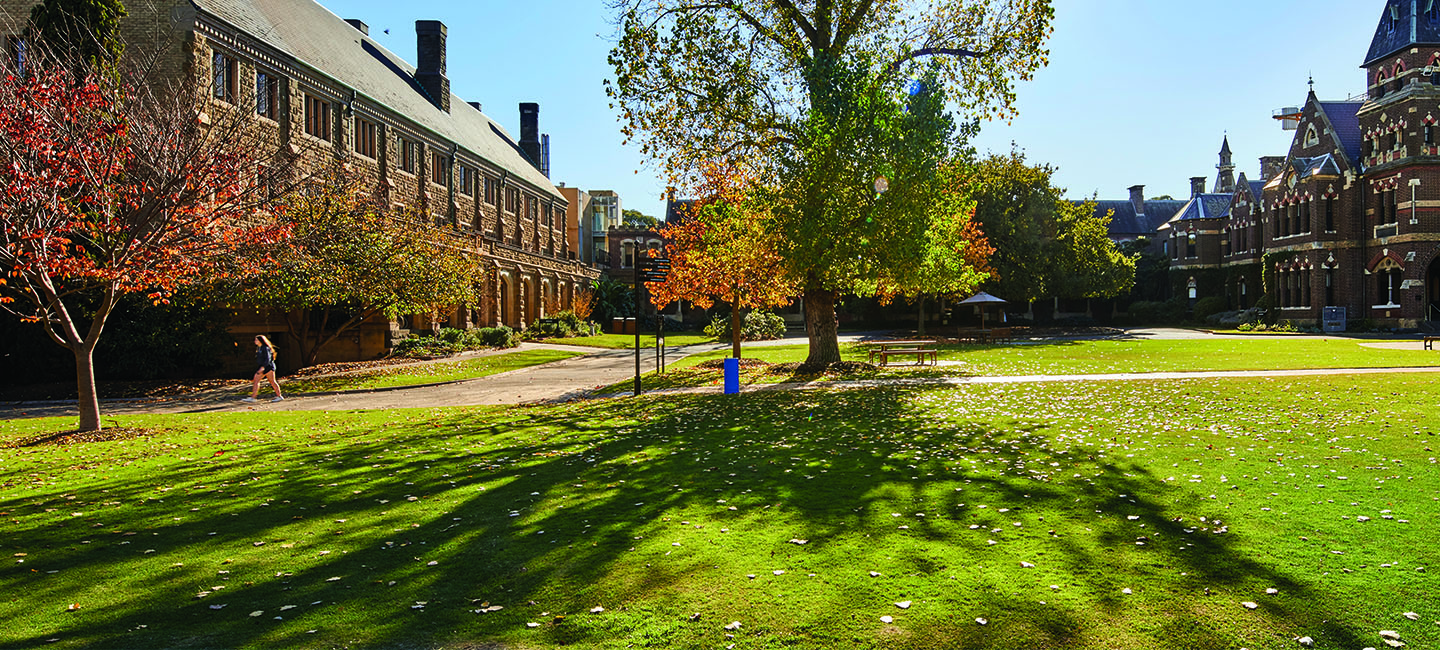

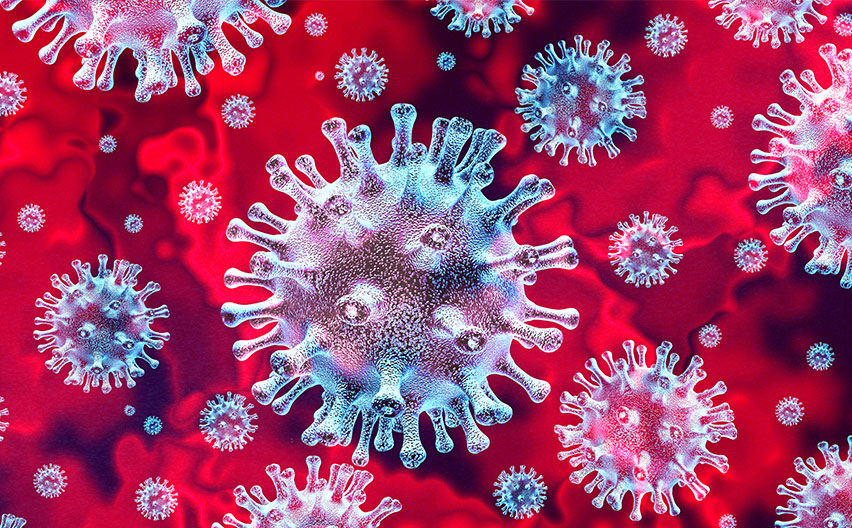
Amid the current coronavirus crisis, panic abounds. We’ve seen tension between the public and the government, as well as irrational fears of those with Asian ethnicity. More than ever, we need accurate information, so it was a privilege to hear directly from virologist Professor Dave O’Connor, who answered many of our burning questions.
When asked about the origin of the SARS-CoV-2 virus, Dave emphasised that it was not artificially designed in a lab and spread on purpose.
‘Scientists simply don’t have that level of understanding of virus to design one from scratch,’ Dave explained. ‘If I were to design a deadly virus, I would need to use old strains as a template and add components of other deadly genes, but this is not the pattern we see in the SARS-Cov-2 virus genome.’
While there are other speculations about the virus coming from bats in the Wuhan wet market, or an accidental leak from a lower-level biosecurity lab, scientists are yet to discover how patient zero became infected. Nevertheless, this wouldn’t help us in containing the current outbreak of the virus, which is the real battle we currently face.
In relation to this fight, Dave praised Australia and New Zealand for their effective travel bans and social distancing measures, and said that the situation is well controlled by the governments. When asked about testing kits, Dave explained the current nucleic acid and antibody testing used for detecting the virus, and encouraged a move towards a more accurate and economically accessible antigen testing, which would significantly benefit low-income communities as well as developing countries.
As for the anticipation of a vaccine, Dave pointed out that at this stage, no scientist could confidently give an accurate date as to when a vaccine might be available. ‘The expectation given – 18 to 24 months – is only the ideal engineering procedure for lab testing before human trials. However, there is no guarantee that we will come up with a vaccine by then,’ says Dave. ‘Viruses have complex mechanisms and can evolve quickly to attack or hide from our immune system.’
Looking to the future, Dave believes the COVID-19 outbreak will remain with us for some time, and this may change the way we think and live. He supports the wearing of masks as a way of protecting others, and suggests we consider masks as a new sense of fashion. While there is currently a controversial solution being put forward, which involves exposing the virus to younger people, who appear to be less affected by the illness and have a lower death rate, to build herd immunity, Dave believes we are still not at the point where such a bold move needs to be made.
Meanwhile, thousands of scientific researchers are collaborating around the world to develop a cure. Encouragingly, experiments in monkeys have shown that those infected with the virus and cured may develop sufficient antibodies to fight off a second infection.
While the future is uncertain, there is no doubt that we are adapting quickly to this pandemic and that the virus will be defeated one day. The key message from Dave was that this crisis is novel to all of us, and none of us are perfect.
So instead of blaming the government, or China, or even the World Health Organization for making some mistakes along the way, people should see the bigger picture and deal with this pandemic rationally. It’s not a time to discriminate and hate each other, but a time to unite. Let’s use our best efforts to combat this virus together.
By Kevin Chen
Related News

50 years on: Trinity to host symposium examining Malcolm Fraser's legacy

Trinity College unveils significant addition to ER White Collection

Meet your TCAC student committee for 2026

Introducing the ninth Warden of Trinity College

Our Way: Celebrating Indigenous Art
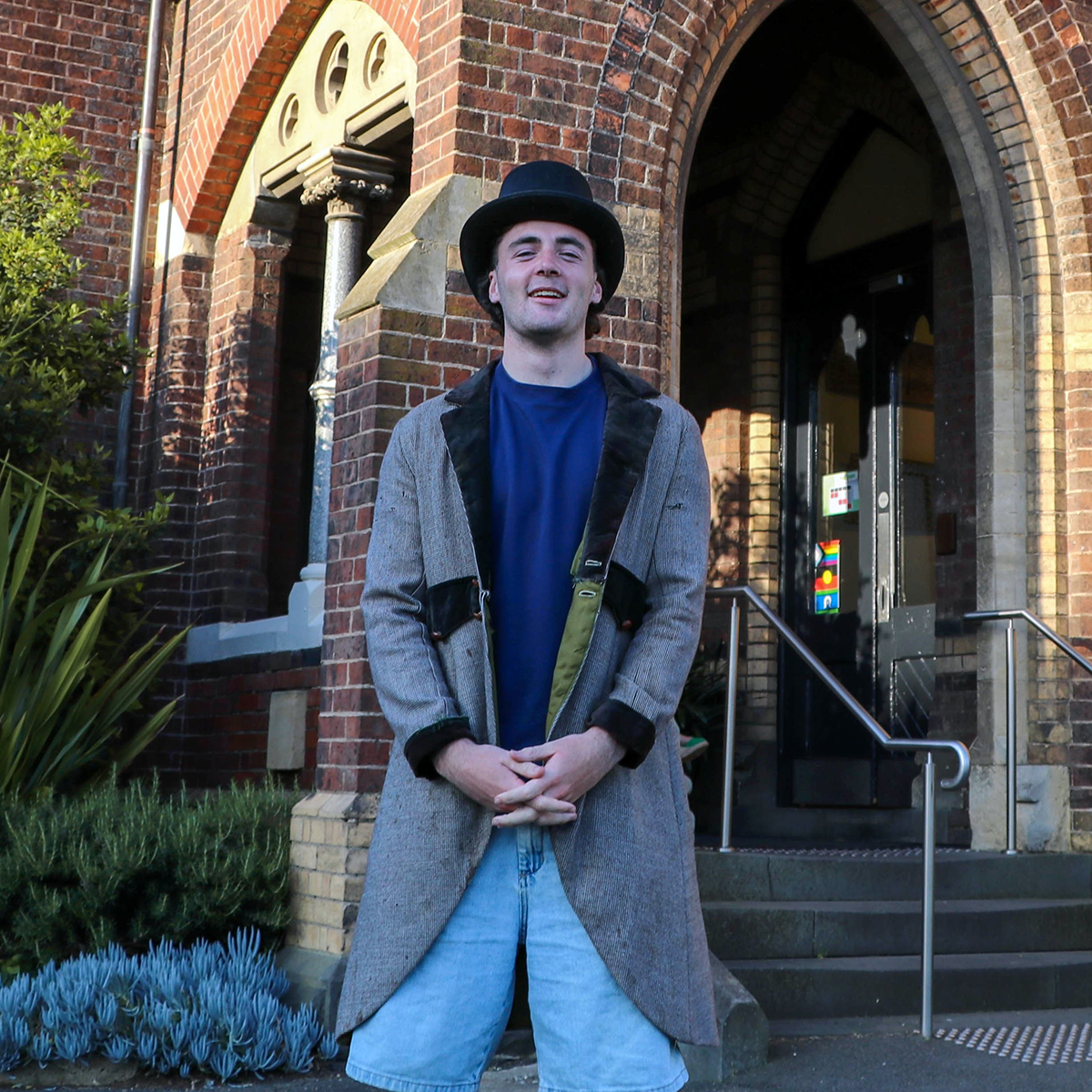
The Badimaya man from Ballarat on ‘unlocking students potential’ as Trinity Senior Student

A new world of wine

Jack reaps the rewards after taking a leap of faith on Trinity College

Marketing to the next generation: considerations in a rapidly changing world

First year resident Harvey says ‘there’s always someone to chat with’ at Trinity College
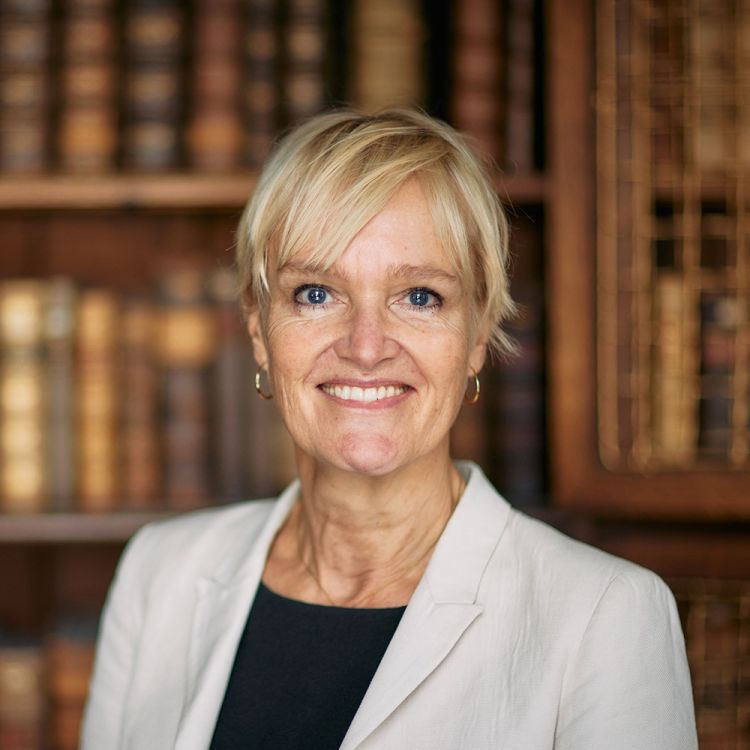
Making greener, ethical choices for better business

A message from Professor Ken Hinchcliff

Gyan Angon on his move to the big smoke

Eight ways to be a more sustainable Trinity student

Kicking for home: Trinity alum Vicky Tan on balancing research at Oxford with captaining its Aussie rules team
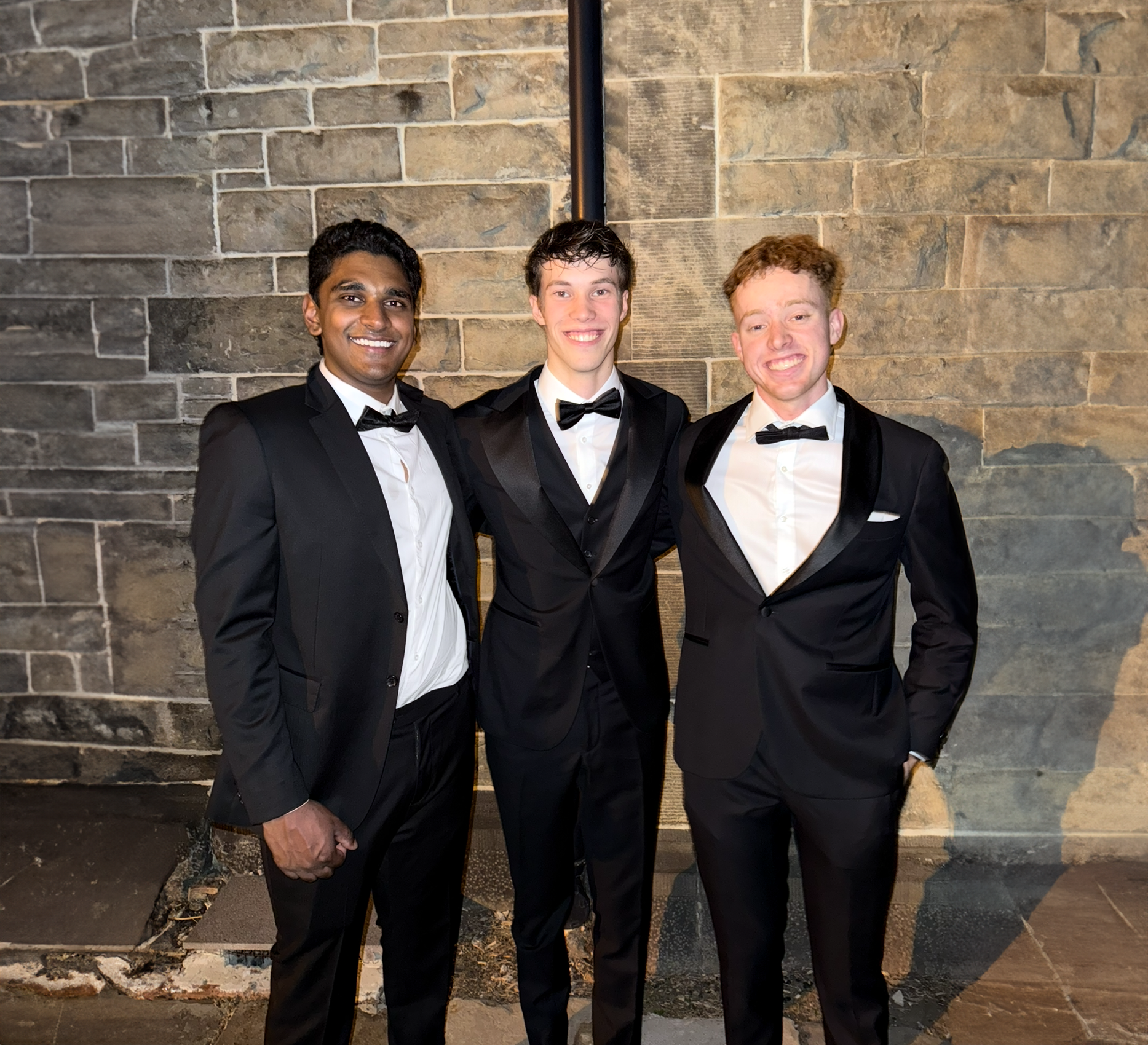
Jack's journey from Mareeba to Melbourne
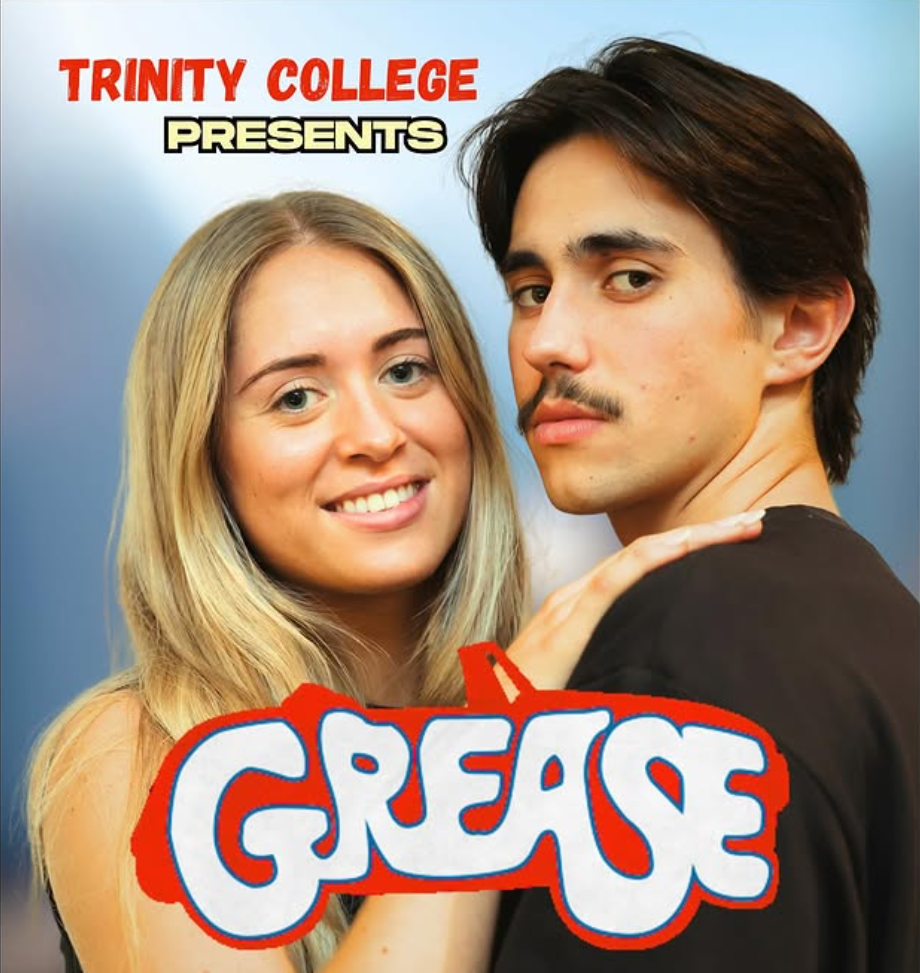
We talk to the people behind Trinity's Grease the musical

Spontaneous friendships and helpful tutorials have ensured a memorable start to College life for Hugh
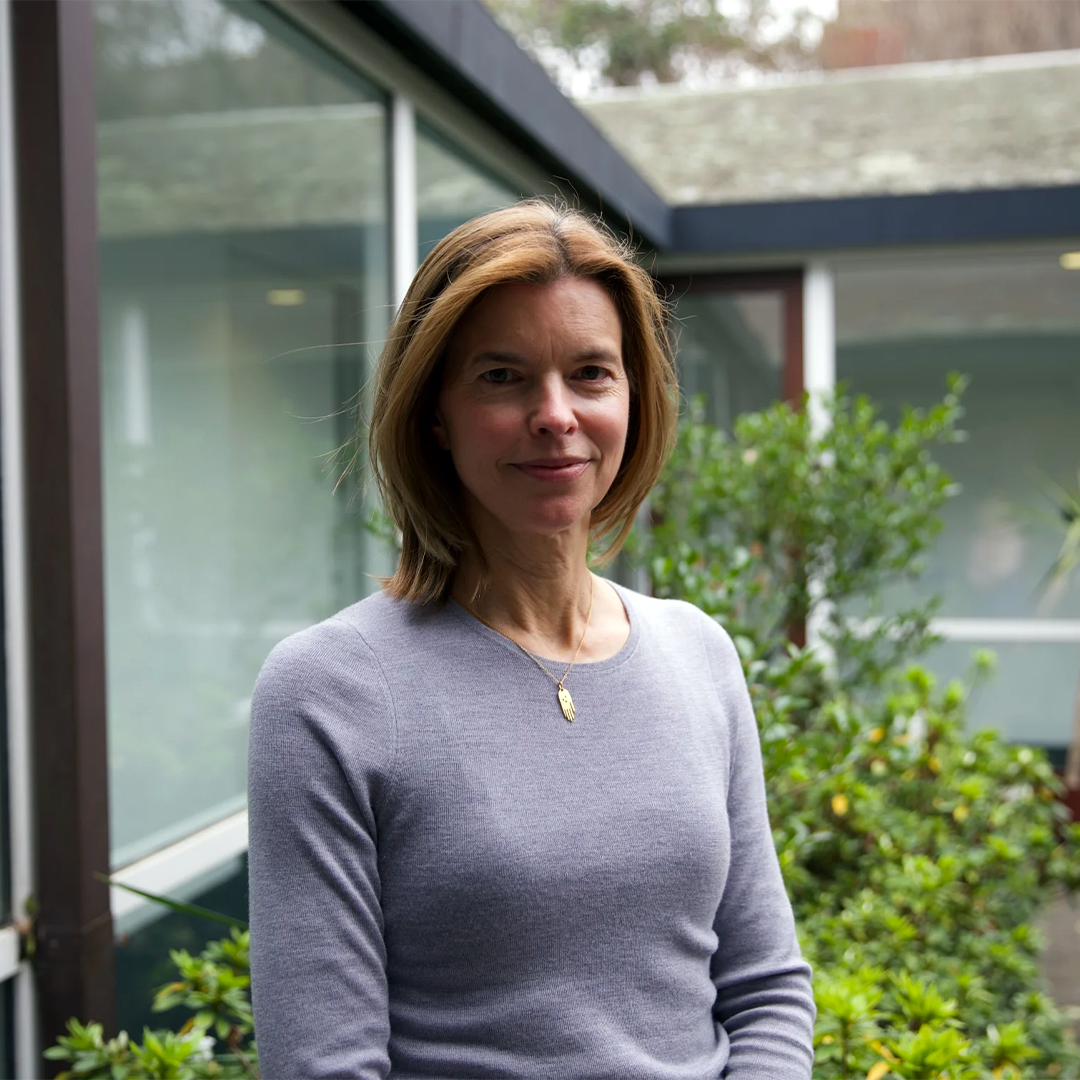
Kirsten Gray appointed Chair of the Trinity College Board
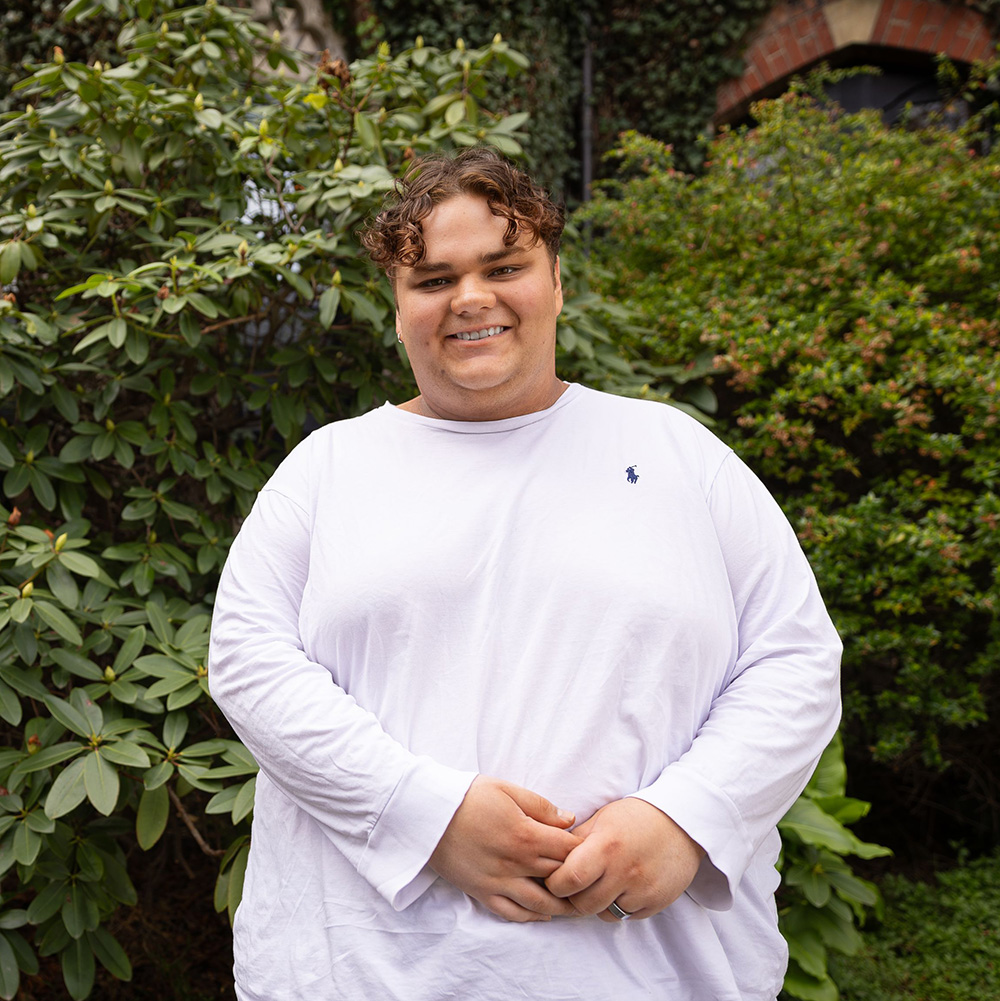
Bridging the gap: an equitable future for First Nations people

For Cheryl, heart to hearts and plenty of laughs are defining her Trinity experience
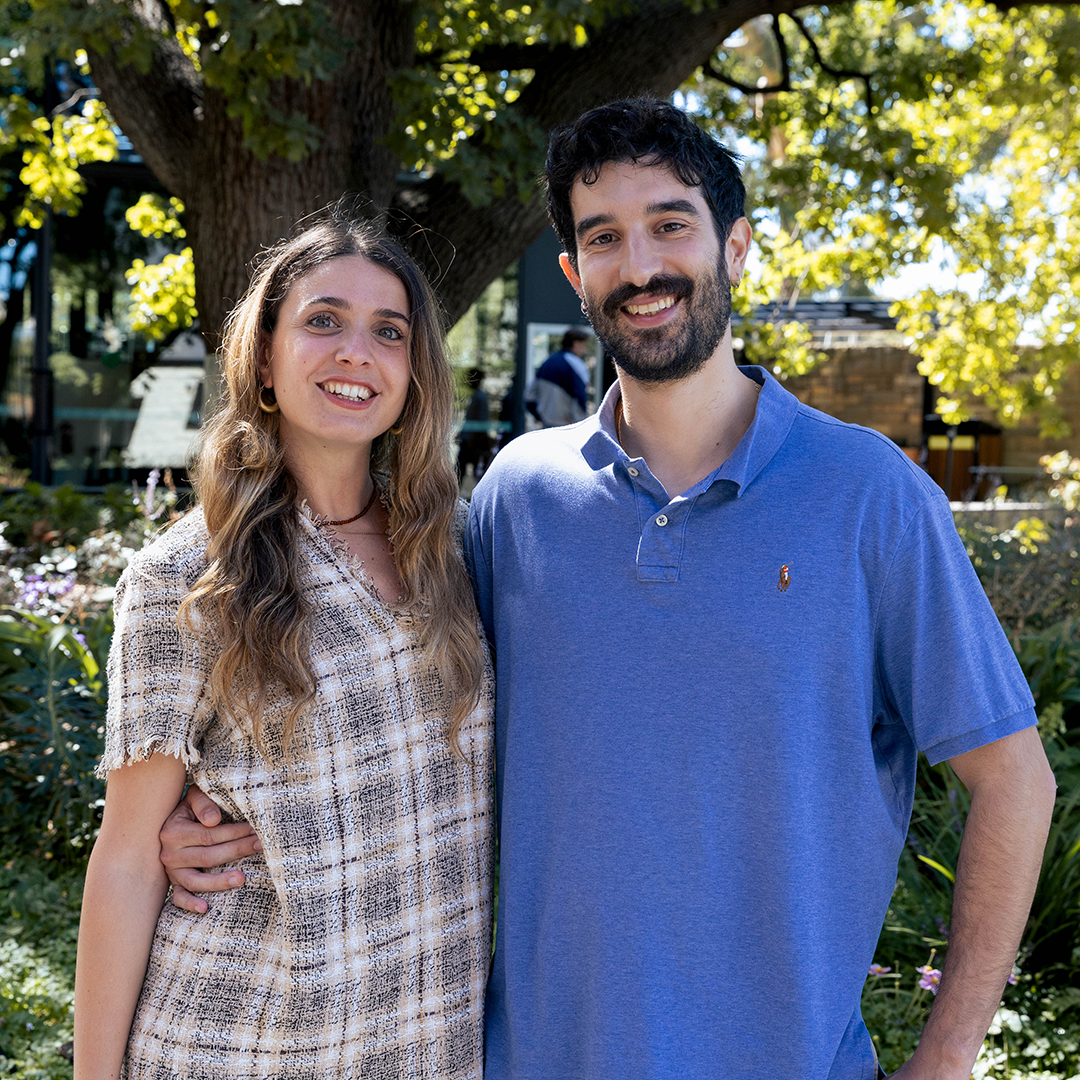
Visiting scholar Pietro Lorenzetti on Trinity hospitality and renewable engineering challenges
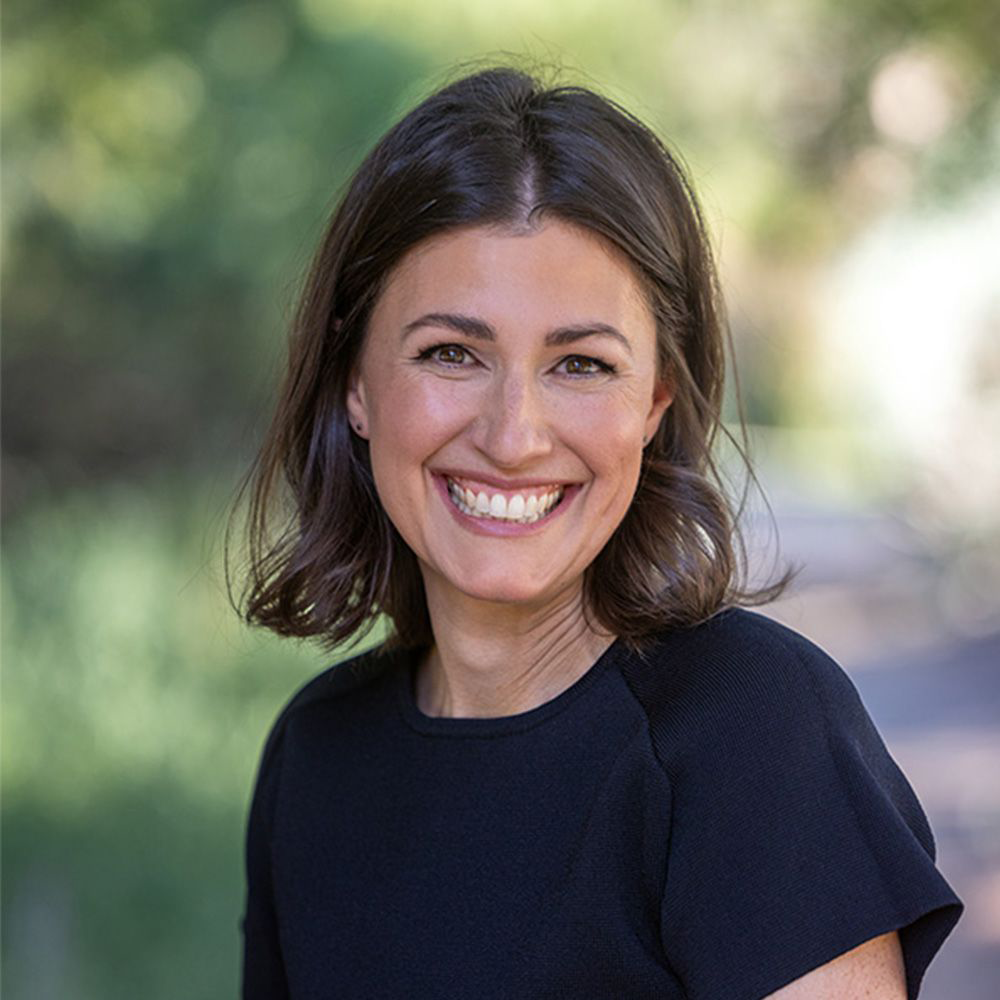
Meet the Trinity alum who's striving for an inclusive parliament

Freya Brolsma: a racing podcaster's journey from the Bulpadock to the F1 paddock

What is Lent?
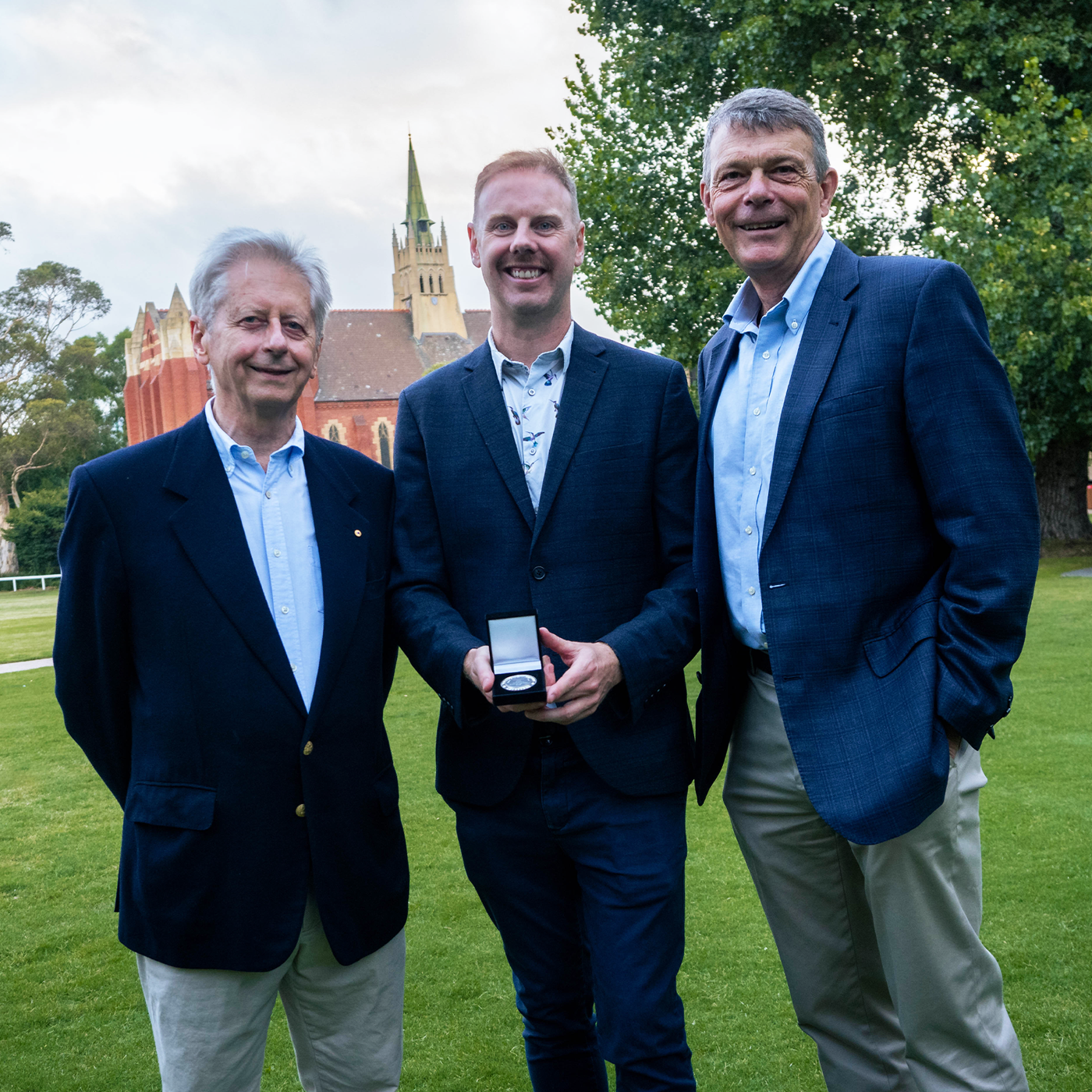
Trinity breaks with tradition to announce joint Alumni of the Year
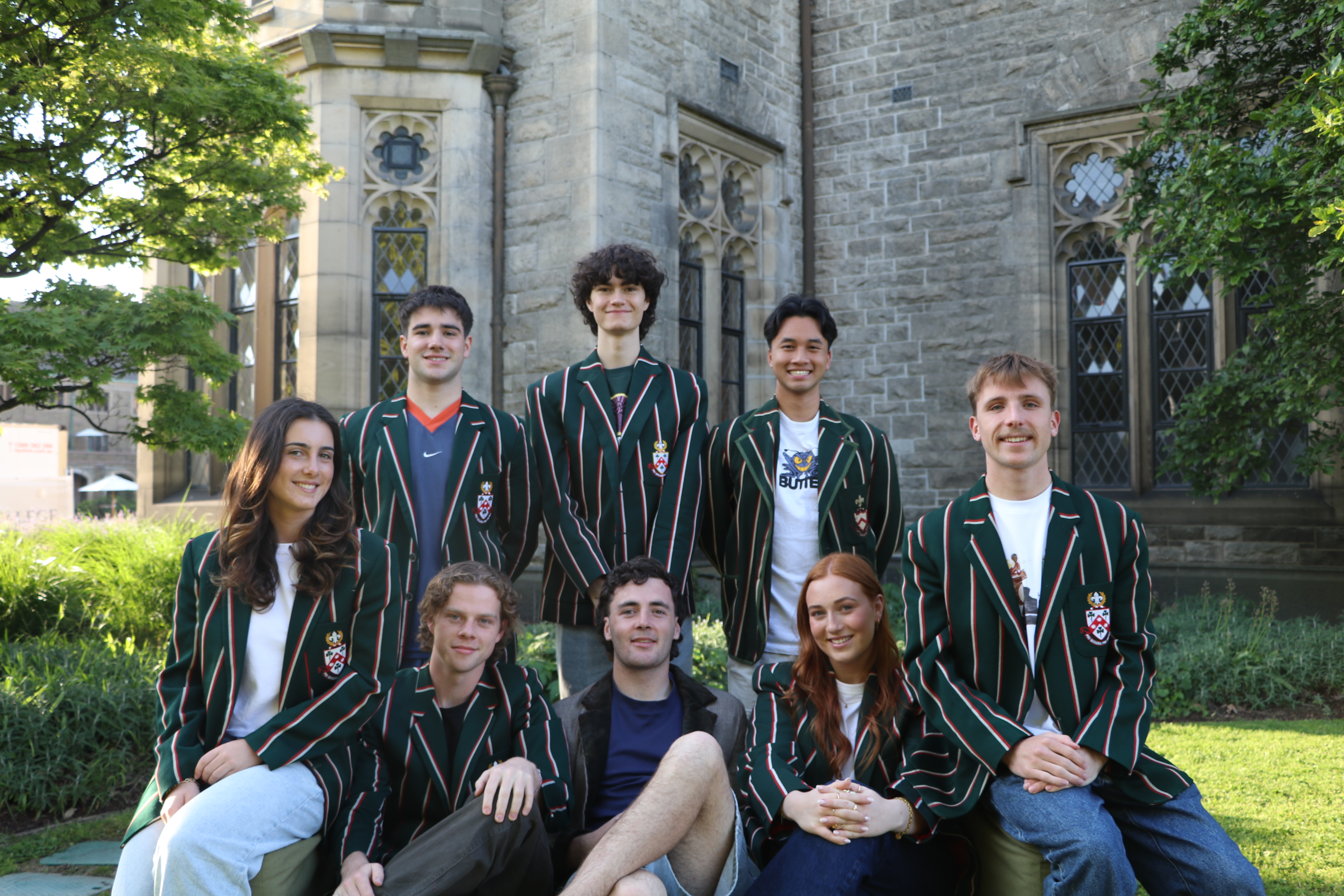
Meet our TCAC student committee for 2025

What is Trinity's Wine Cellar student committee?
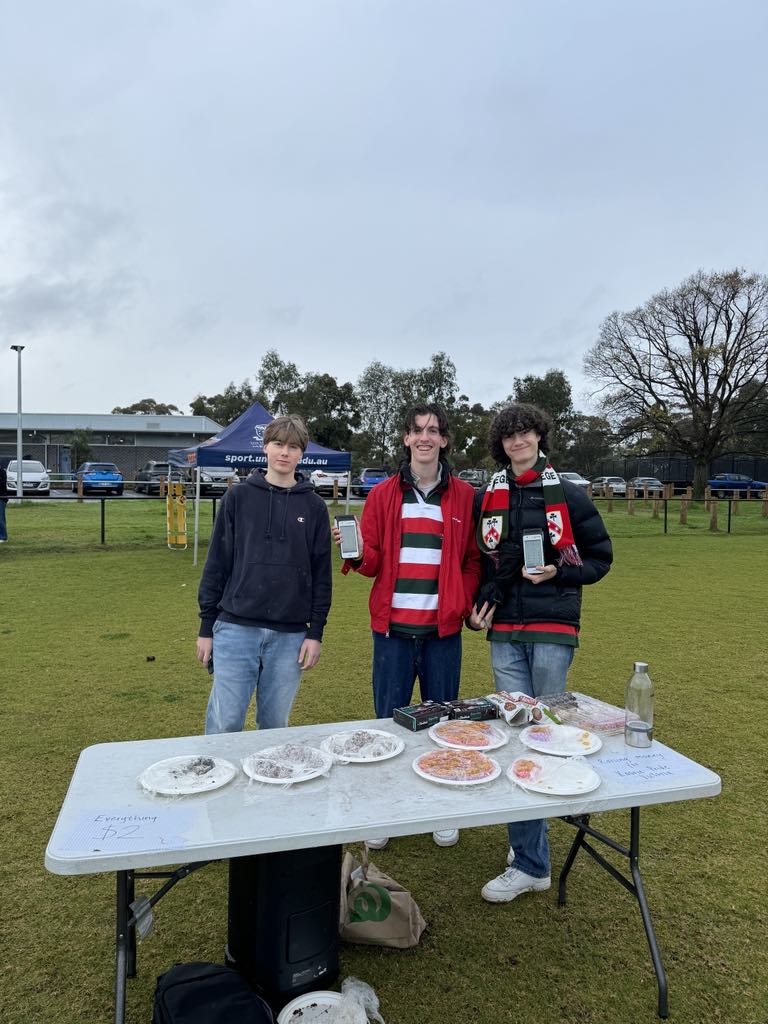
What does our Outreach Committee do?

Residential College student Ravin Desai shares his passion for politics and journey at Trinity
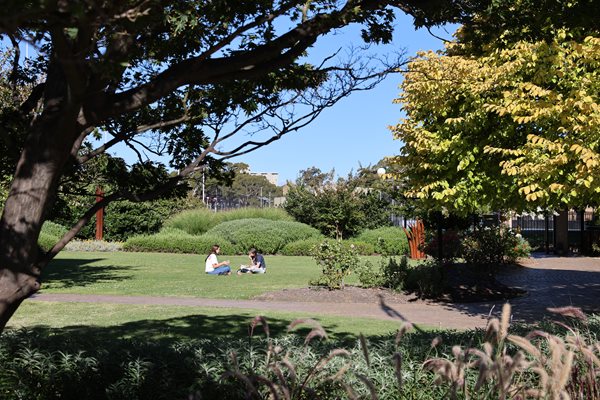
Learn about the Wellbeing and Inclusivity Committee at Trinity
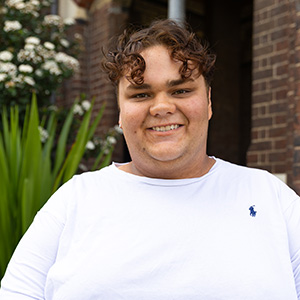
Elias Jarvis and Anisha Damaso on the value of Kumergaii Yulendji at Trinity College

From Albury to Melbourne: Rosie Bradford's story
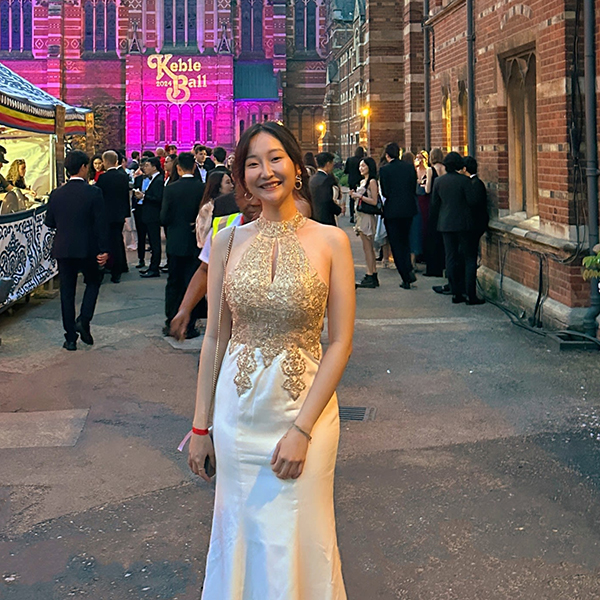
From Foundation Studies to the Residential College to Oxford: Xinran’s story
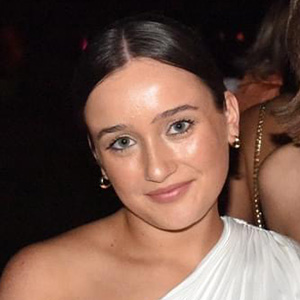
From the surf coast to Melbourne
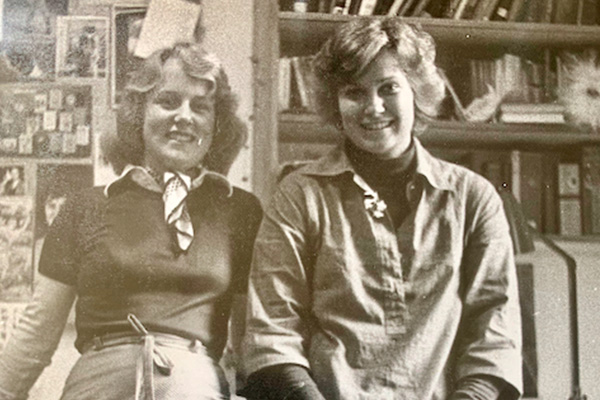
1974 vs 2024 for a woman at Trinity: what’s changed and what’s stayed the same?
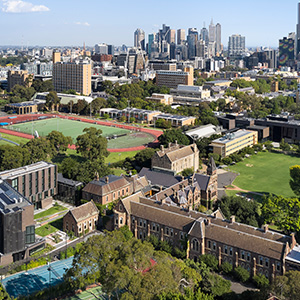
The best things to do in and around Parkville

Meet Trinity's aspiring art curator Seb Moore

Meet Nakata Brophy prize winner Jasmin McGaughey
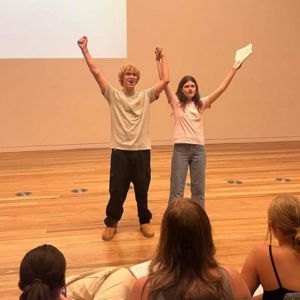
Book now – Heathers: The Musical
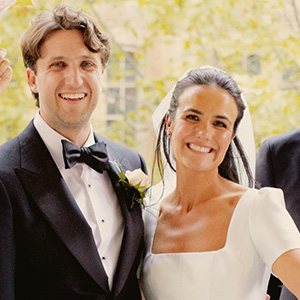
A love story for Valentine’s Day: Matt Hargreaves and Kirsten Callander
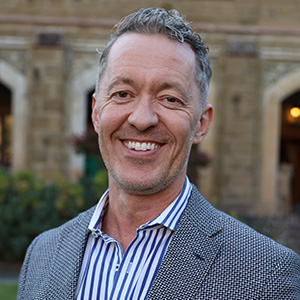
Announcing our 2024 Alum of the Year
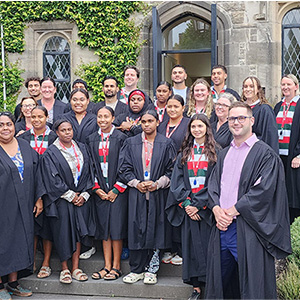
Trinity College Indigenous Summer Camp
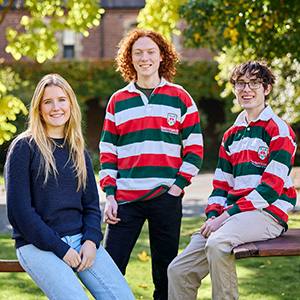
7 tips to prepare for a residential college interview
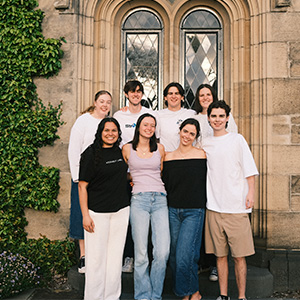
Introducing our TCAC for 2024

Moving to Trinity from overseas: Katie's story
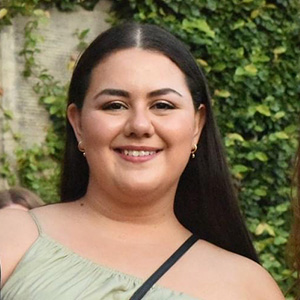
Moving from a regional area, stressing about your ATAR and worried you won’t know anyone? Read Hazel’s story.

From Larrakia to Wurundjeri country: How Anisha is inspiring other Indigenous students to dream big
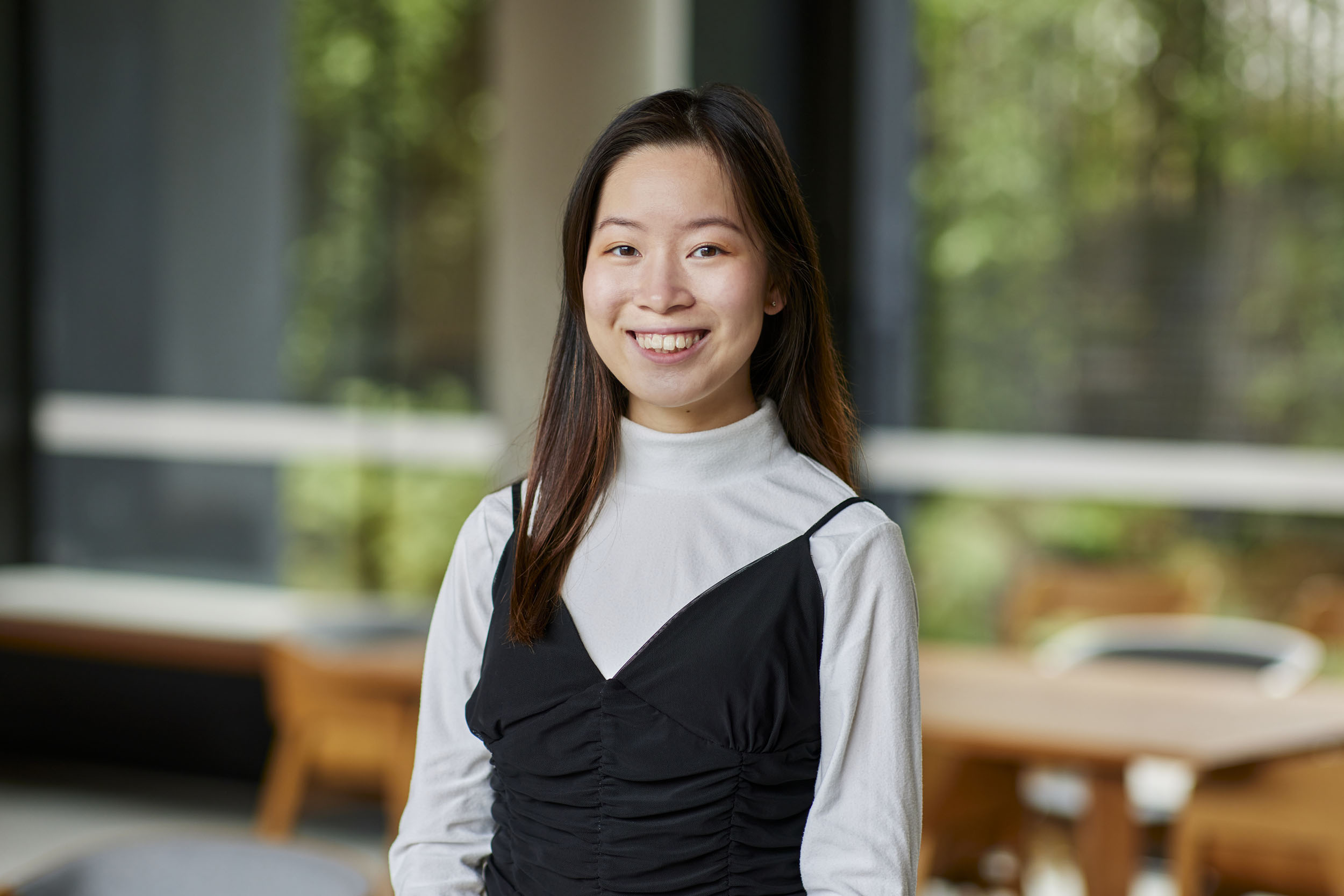
Meet Admissions Coordinator Wendy Ngaturi
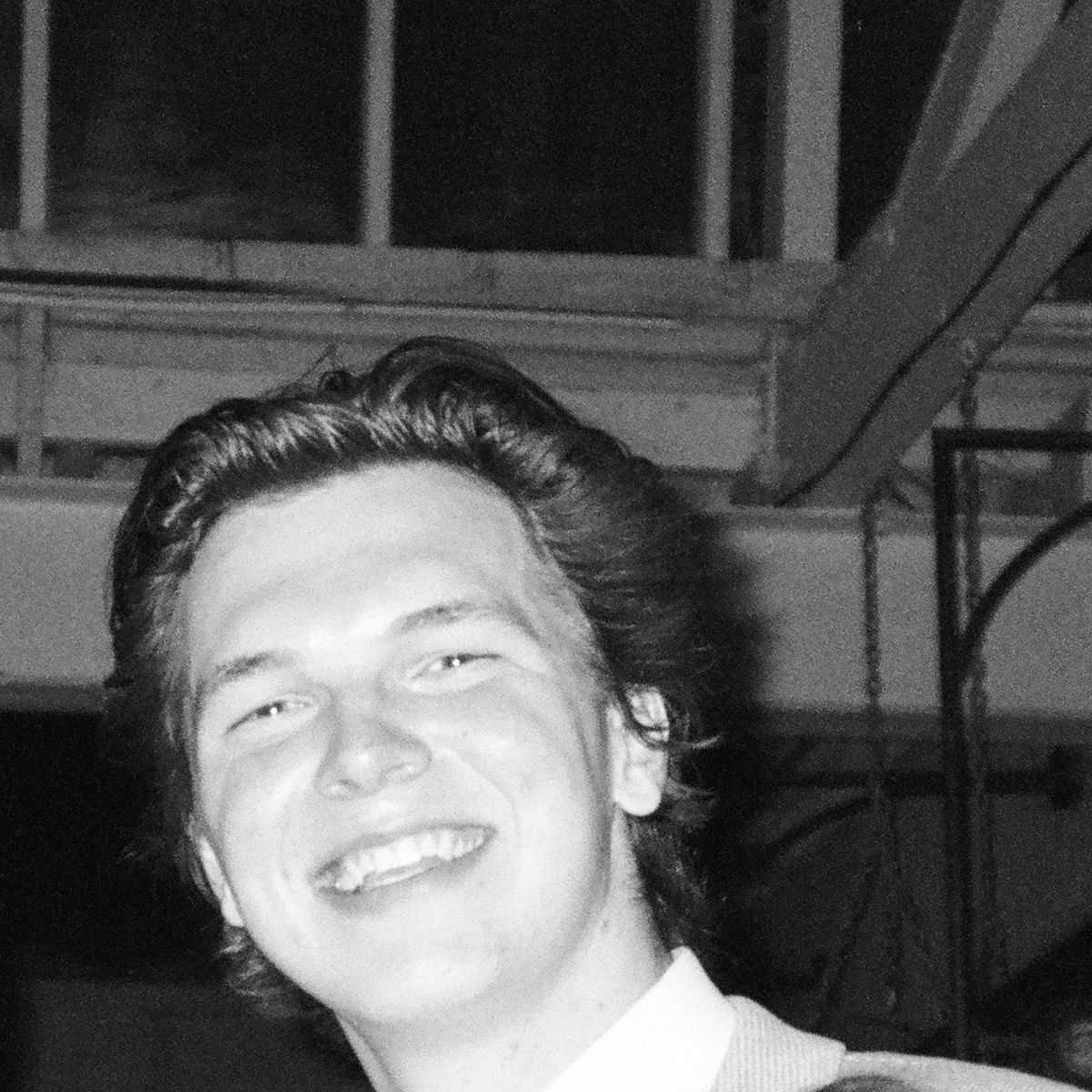
Hugo Jordan on why there's no 'best thing' about Trinity

Kate Beggs’s journey from the Great Ocean Road to the heart of Melbourne city
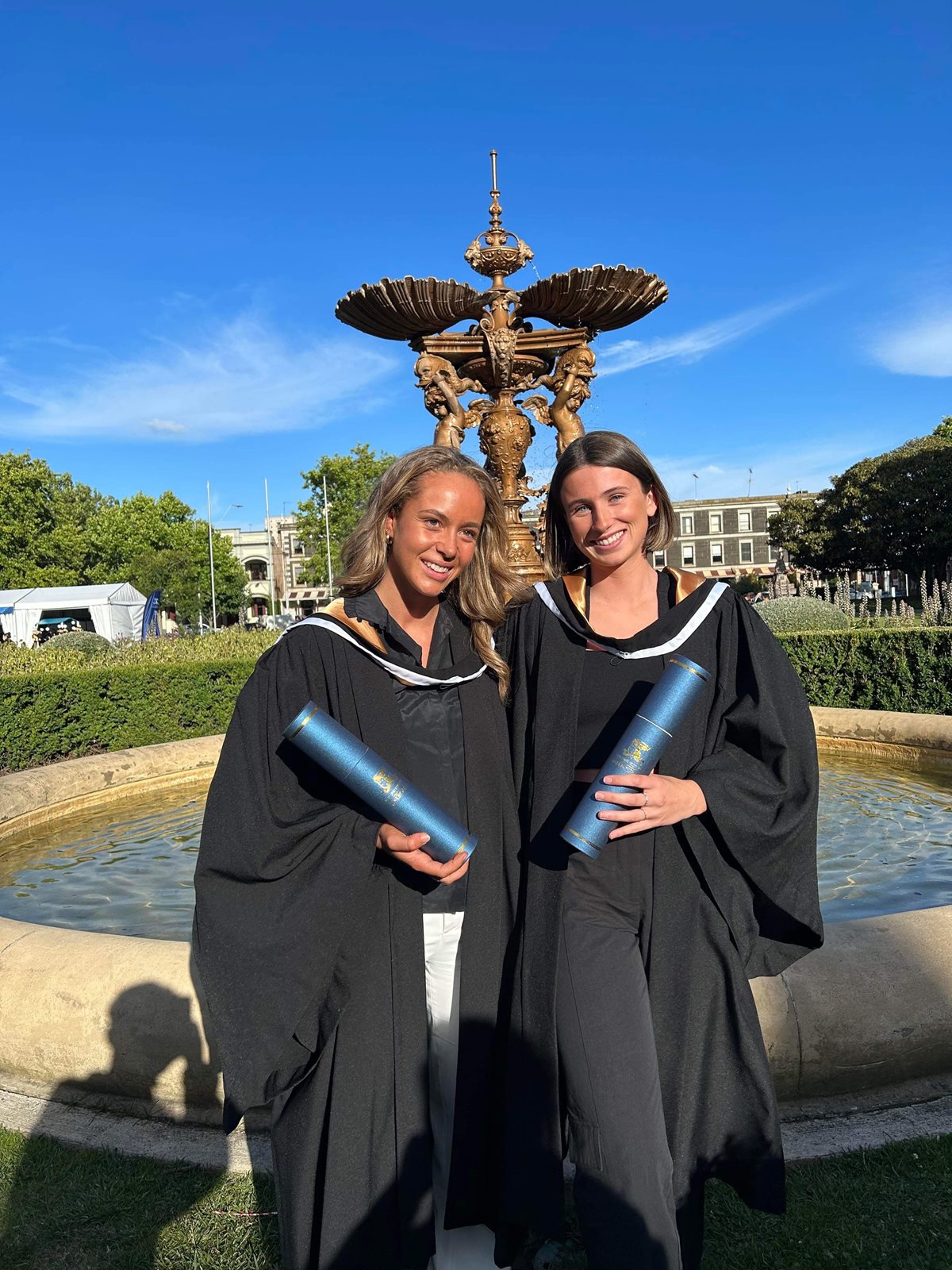
‘College is similar to boarding school, but with a fraction of the rules.’
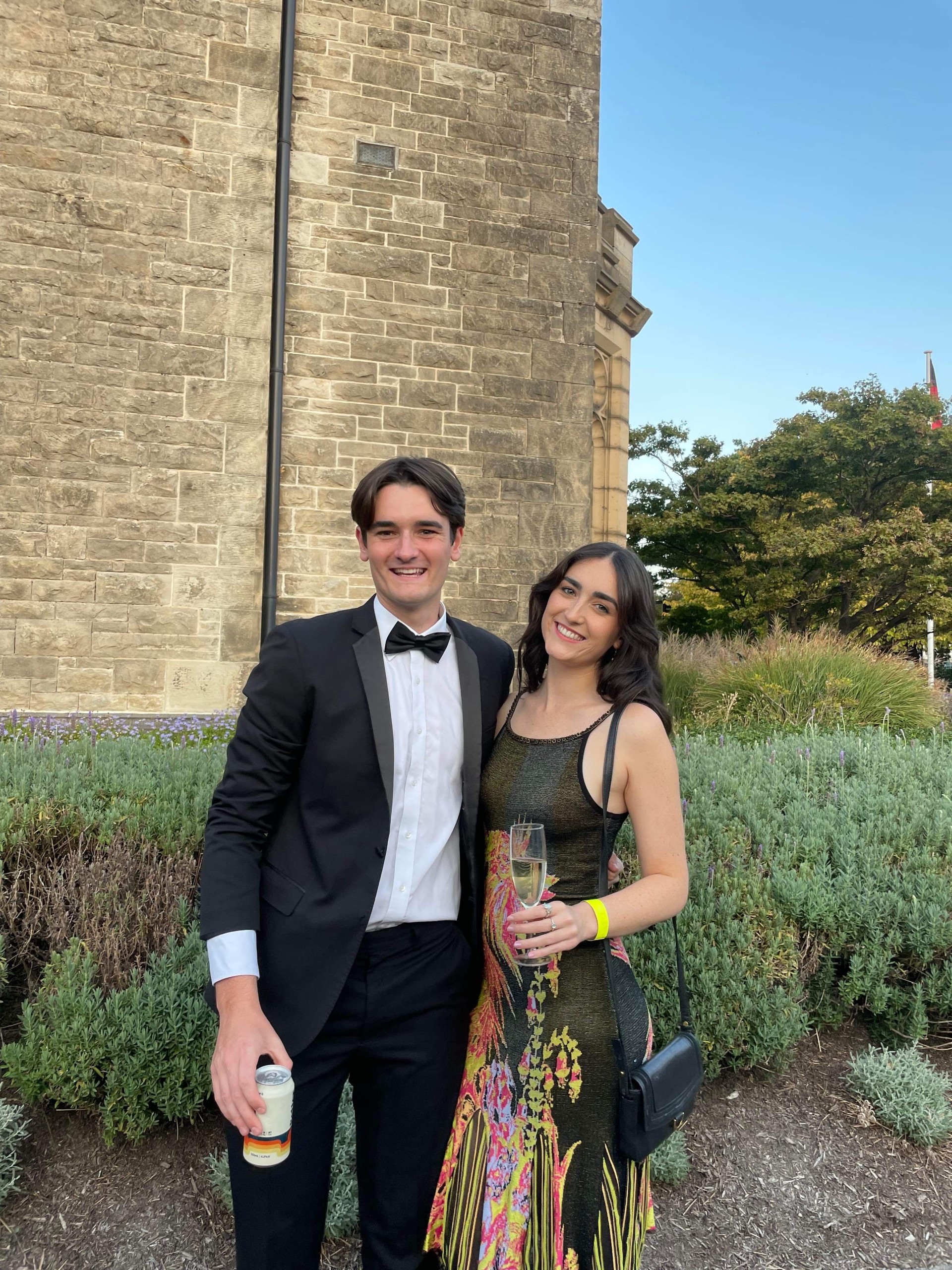
Freya Giles shares her experience of choosing and living at Trinity

Former Perth student Tessa Moon shares her Melbourne college experience
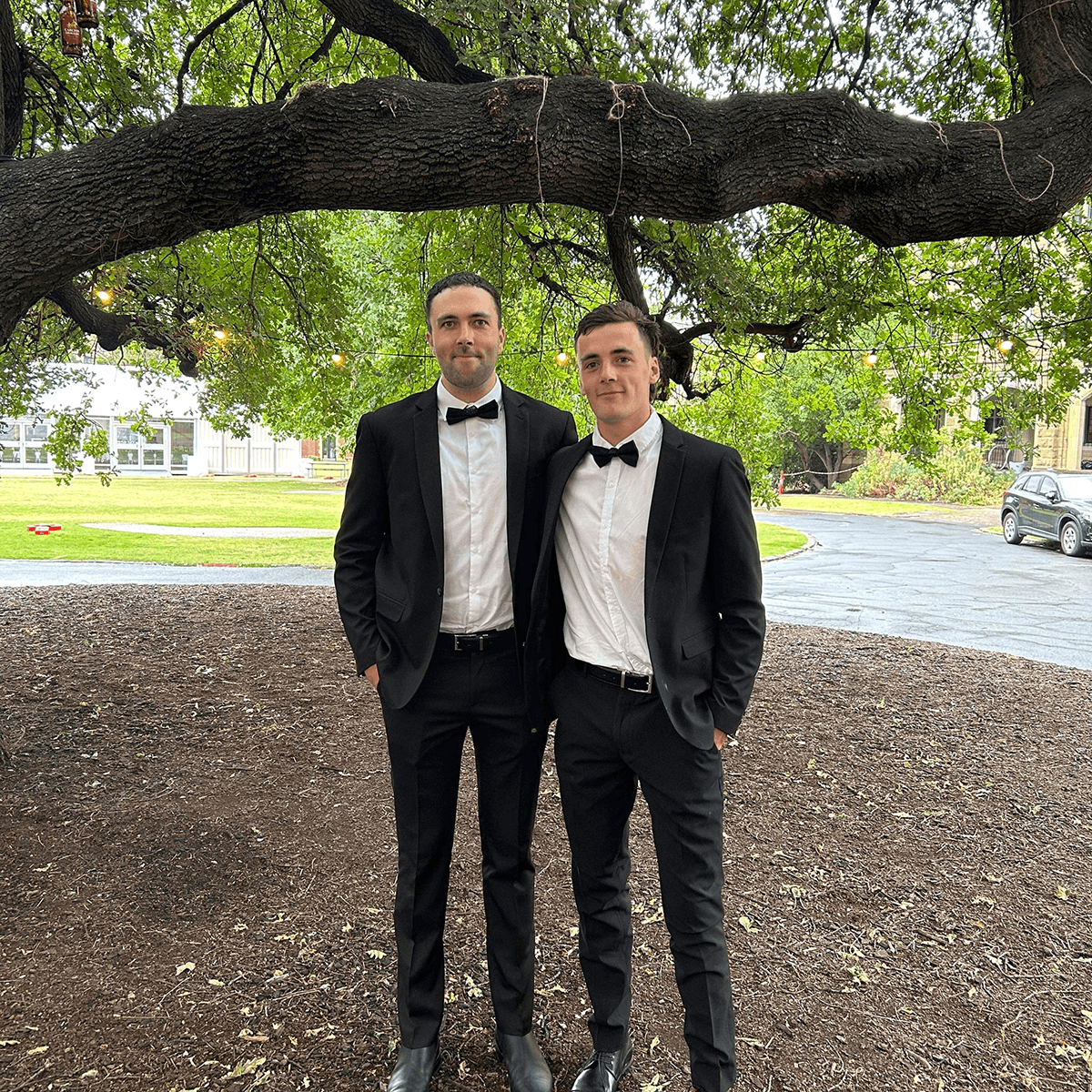.png?width=1200&height=1200&ext=.png)
Isaac Hucker, a proud Badimaya man, describes his journey towards choosing university and college life
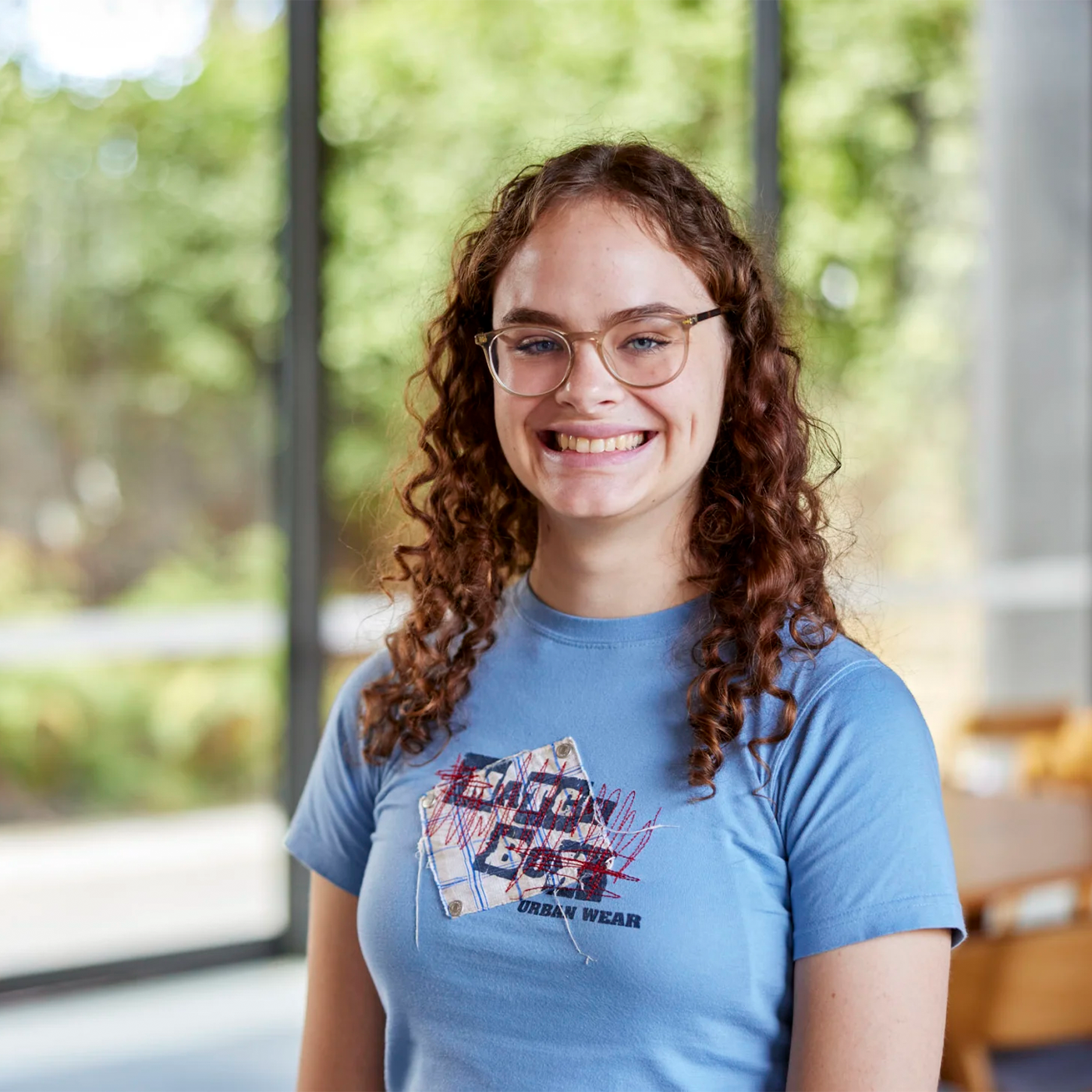
Mikayla Hand’s journey from Indooroopilly State High to studying at Australia’s top university
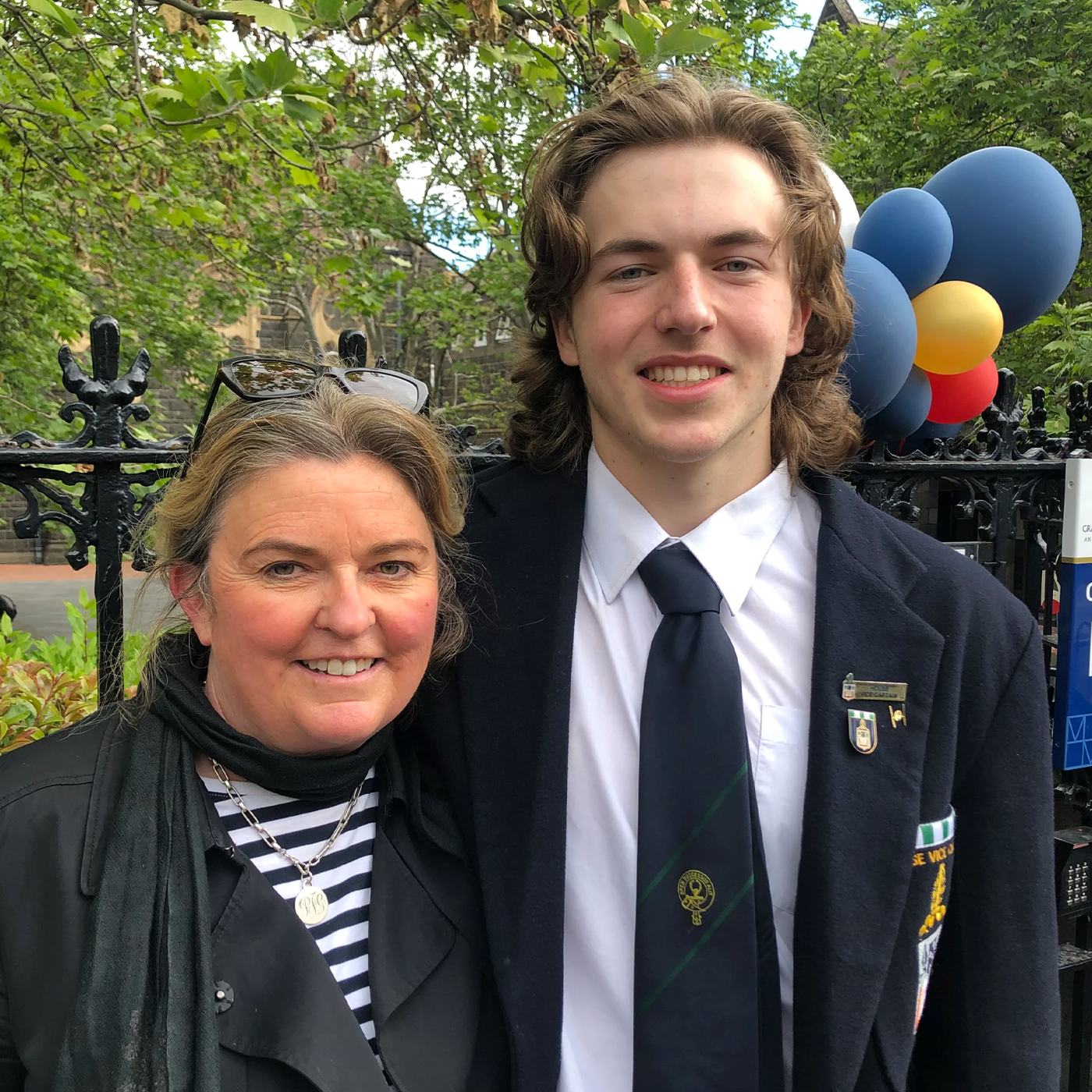
From farm life to Trinity College: Q&A with Fergus Guest
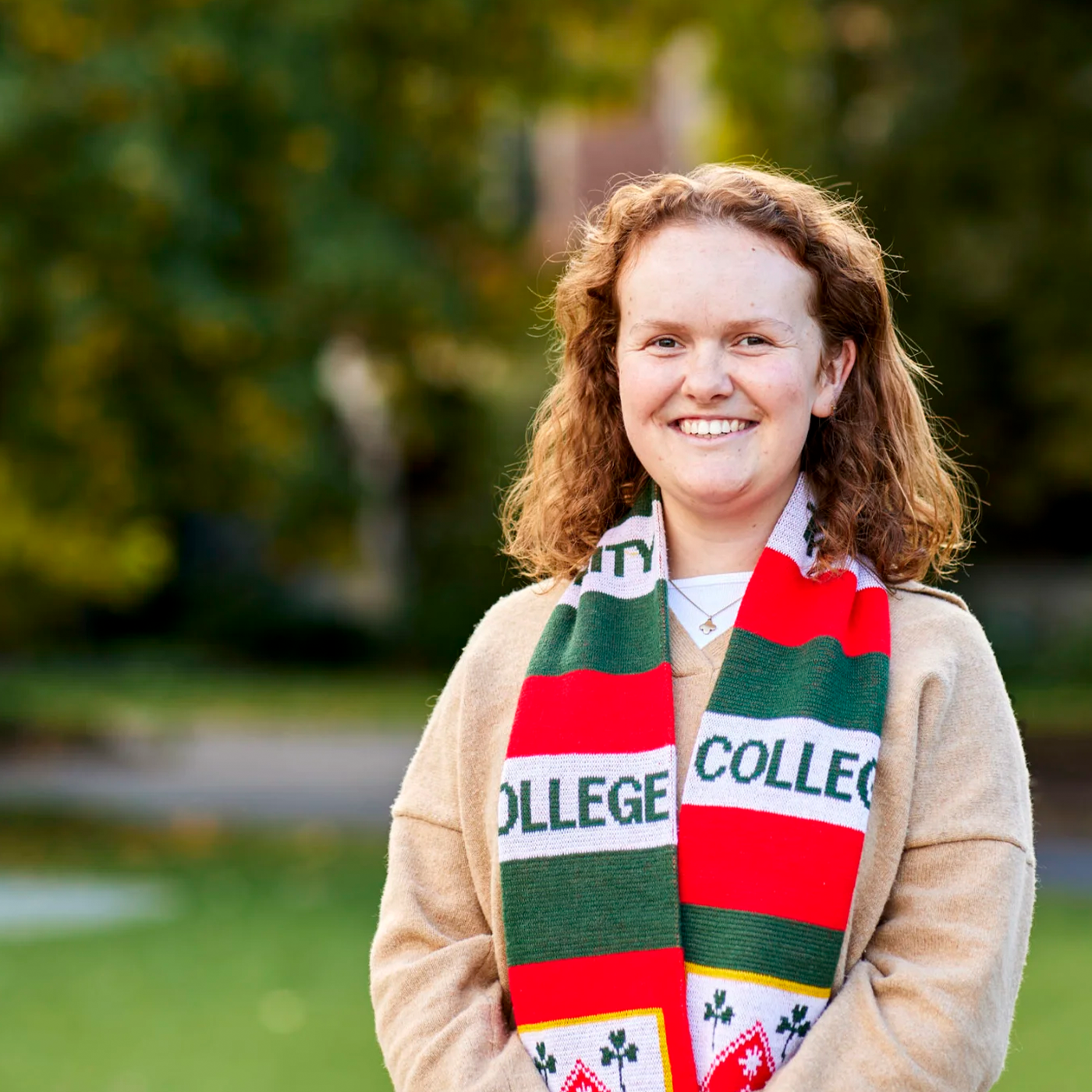
From country to city life: Why college is the complete package for Rosie

Book now: The Addams Family musical
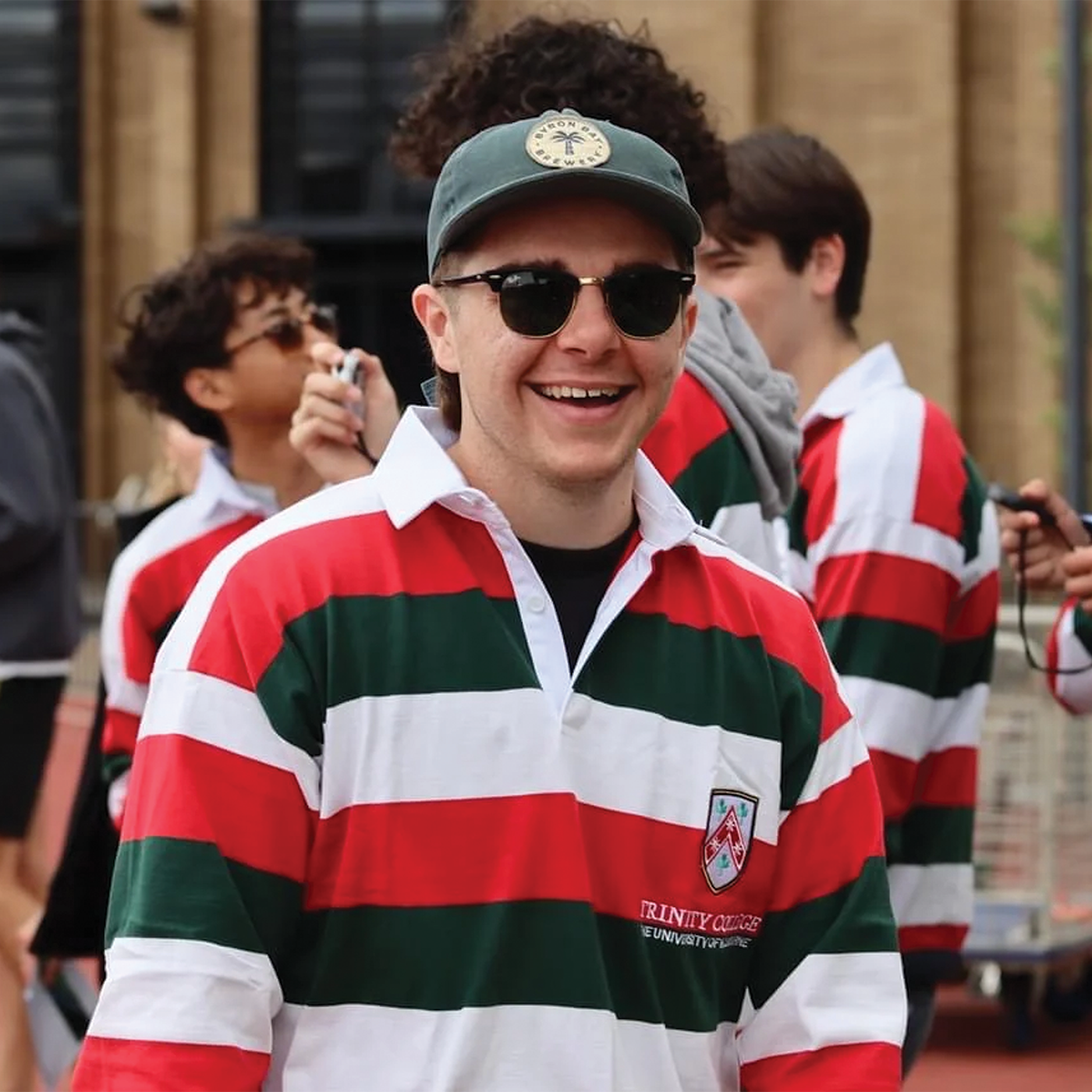
Peter Kalidonis on why making friends at uni is harder than you think
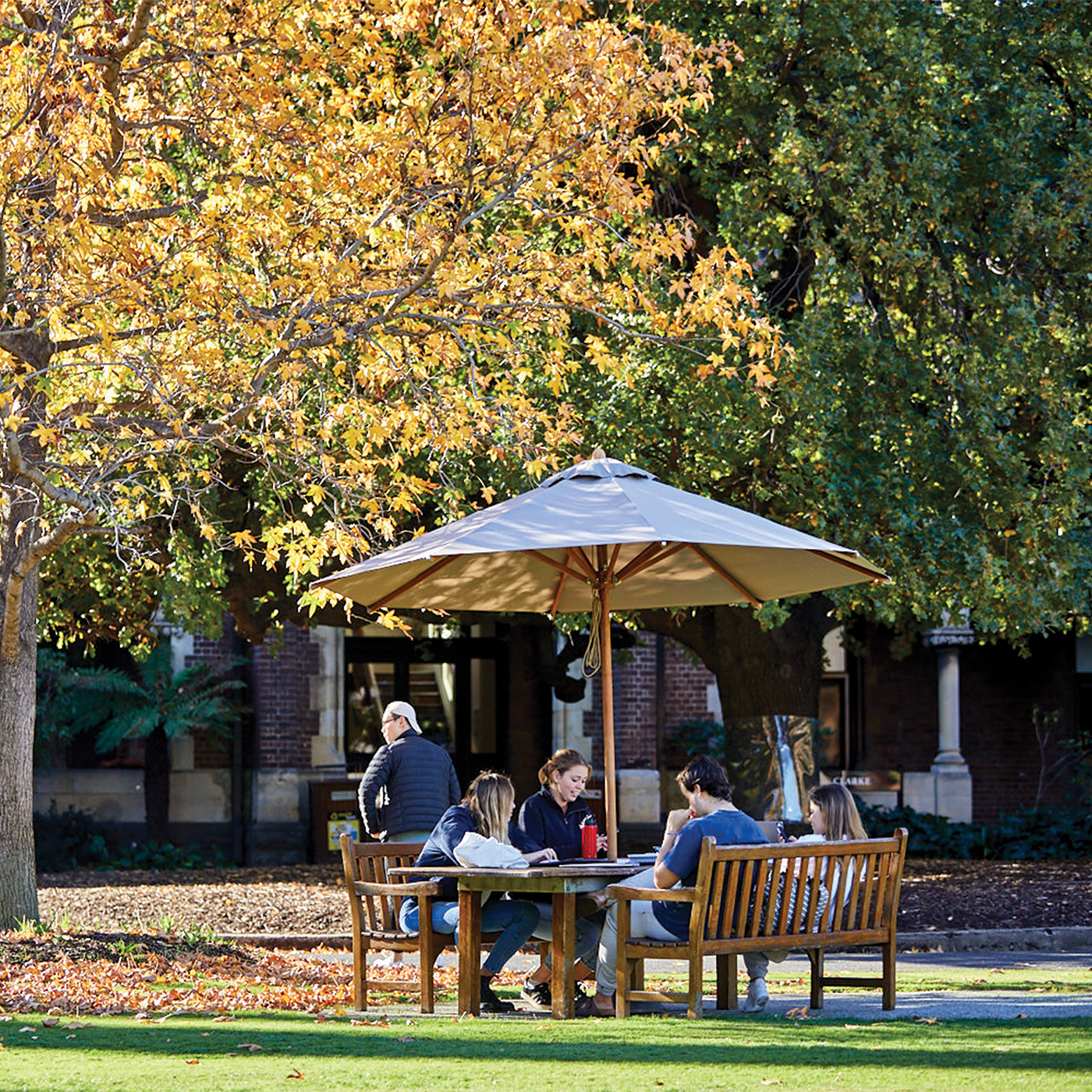
Residential college vs dorm in Australia: what's the difference?
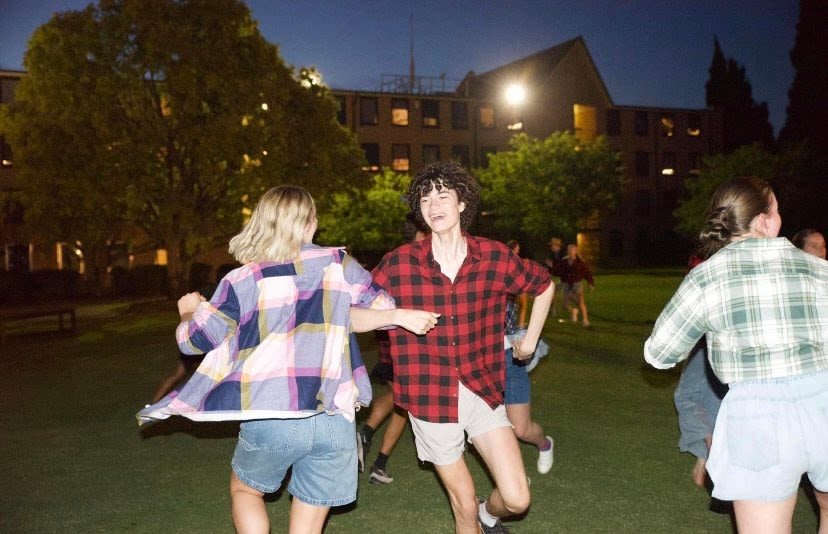
Sex and sexuality week: Kody shares his story of growing up gay in country Victoria
Trinity triumph in Men’s 1st VIII Rowing
-
News & Stories
- Our Theological School Student President's mission to champion a spiritual and welcoming environment
- Jack reaps the rewards after taking a leap of faith on Trinity College
- Trinity alum named in King's Birthday Honours 2025
- Trinity Deputy & Academic Dean appointed Fellow at Center of Theological Inquiry
- Meet Trinity's aspiring art curator Seb Moore
- Trinity College offers its congratulations to newly elected Archbishop of Melbourne, the Right Reve
- Events
- Art
- Music & Choir
- Campus Development Projects
- Visiting Scholars & Lectureships
- Accommodation for Visitors
- Short Programs
- Work at Trinity
